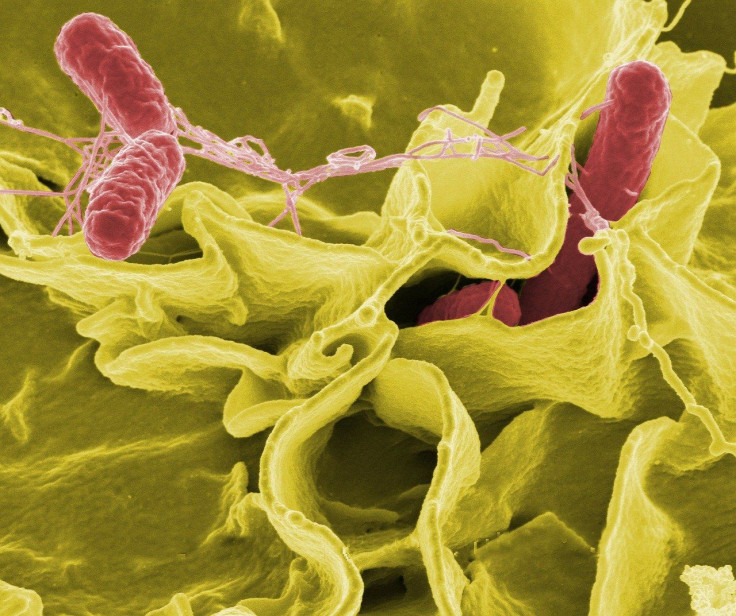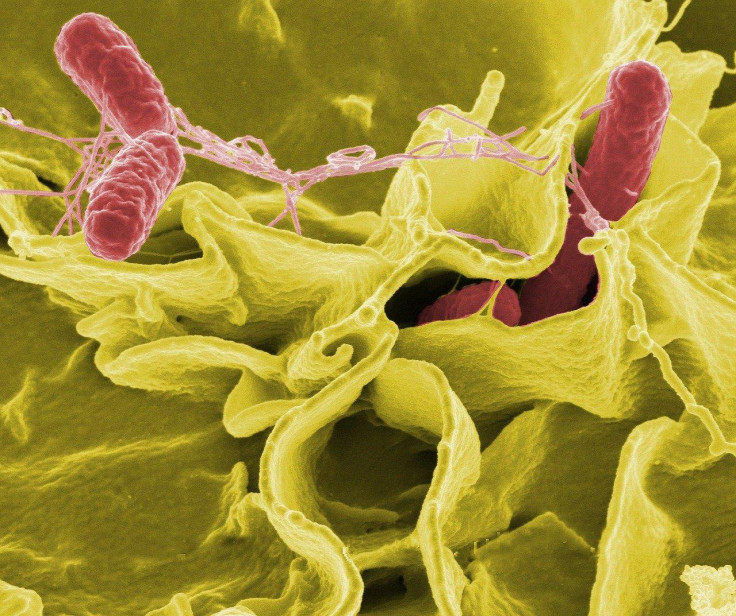Salmonella Outbreak Leaves 279 Sick, 26 Hospitalized

Following an initial announcement by the Centers for Disease Control earlier in September, a Salmonella outbreak is continuing to infect several states in the U.S.
While no specific cause for the outbreak has been identified, the agency has received some food samples from restaurants where the sick people ate. Salmonella was discovered in one food sample that contained cilantro and lime. The container also contained onions, but none were left to be tested.
Because multiple foods were present in the food sample, the CDC said it was not possible to know which food item was contaminated with Salmonella but it said, “We are using this information in conjunction with other available information to help narrow the list of possible foods linked to illness.”
To date, 279 people have become sick from the Salmonella outbreak in 29 states, including Oregon, California, Utah, New Mexico, North Dakota, South Dakota, Nebraska, Kansas, Oklahoma, Texas, Minnesota, Iowa, Missouri, Arkansas, Wisconsin, Illinois, Michigan, Indiana, Tennessee, New York, Pennsylvania, Maryland, Virginia, North Carolina, South Carolina, Florida, New Jersey, Connecticut, and Massachusetts.
A total of 26 people have been hospitalized from Salmonella illnesses. No deaths have been reported from the infections.
The investigation is ongoing with the CDC, which said the outbreak is “fast-growing.” They recommended seeking treatment from a healthcare provider if symptoms of Salmonella infection are present and reporting the illness to a local health department to help solve the outbreak.
Salmonella symptoms include diarrhea that can be bloody, a fever of higher than 102° F, vomiting, and dehydration. Symptoms typically start six hours to six days after ingesting the bacteria. Most people recover after four to seven days.
Young children, elderly adults, and those with weakened immune systems may experience more severe illnesses that require hospitalization or medical treatment.
The CDC has reminded people to clean their hands, utensils, and surfaces, as well as rinsing fruits and vegetables before eating, cutting, or peeling to prevent infection. Food that isn’t cooked should also be kept separate from raw meat, poultry, and seafood.
Food that is cooked should be cooked to a temperature that is high enough to kill germs, and perishable food should be chilled within two hours. Also, do not leave foods on the counter to thaw, it said.

Photo: WikiImages - Pixabay





















